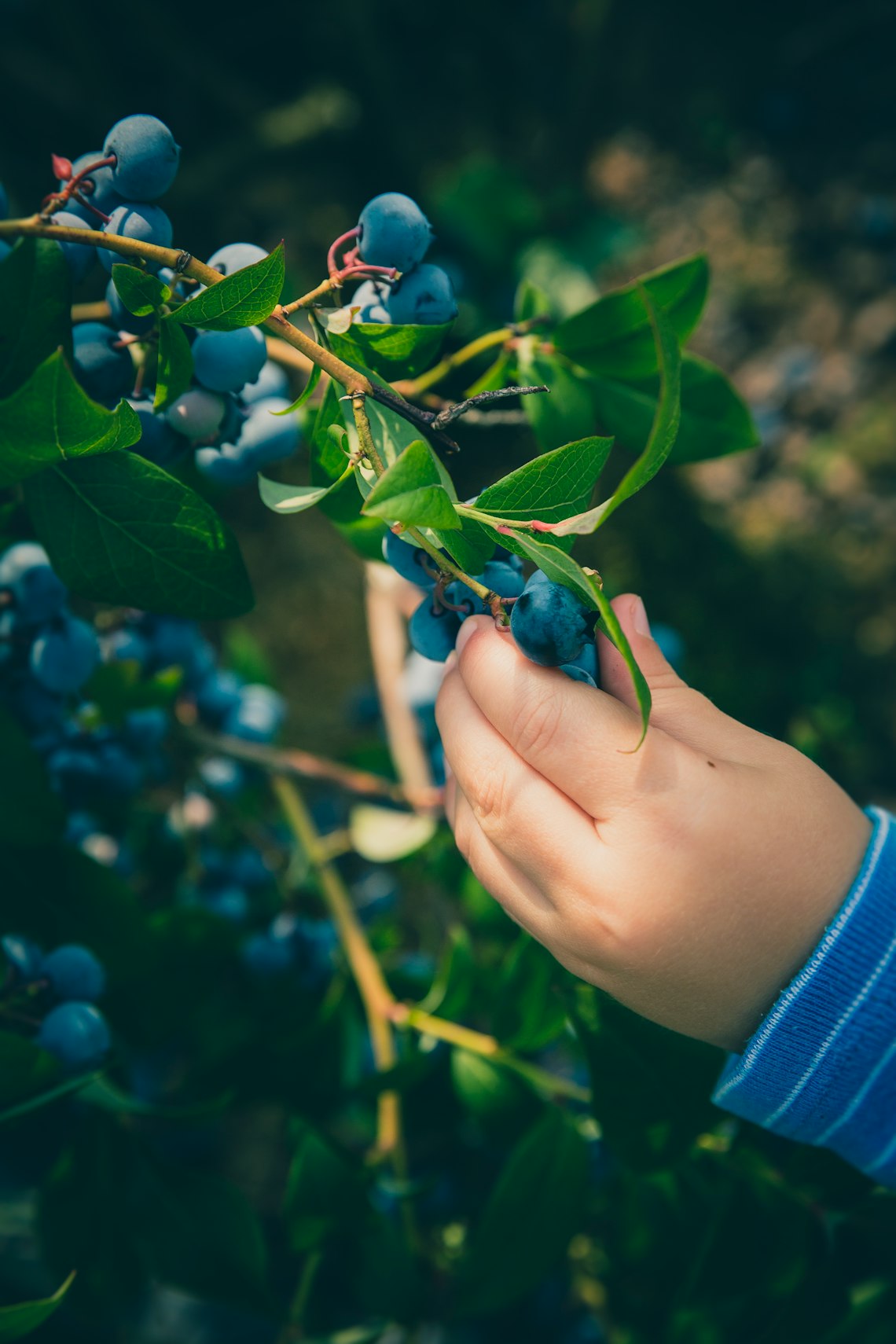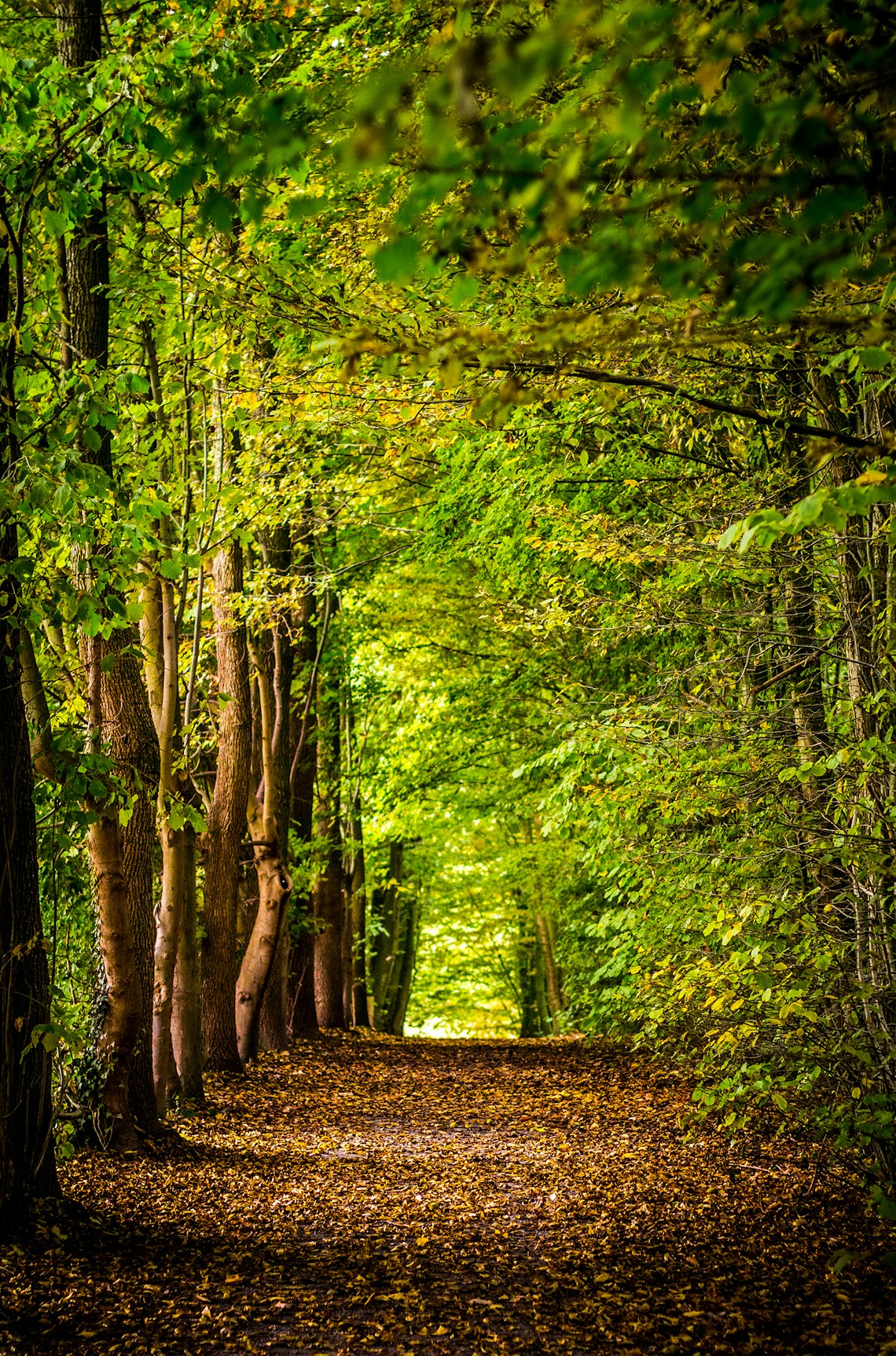The hawthorn tree, known for its resilience and versatility, plays a crucial role in supporting wildlife in both rural and urban areas. Its ability to thrive in diverse environments makes it a key player in enhancing urban biodiversity and providing a vital bird habitat. This article explores how hawthorn trees contribute to wildlife support and the benefits they bring to hedgerows in both countryside and city landscapes.
Importance of Hawthorn Trees in Rural and Urban Settings
Hawthorn trees are immensely valuable in rural regions, often found lining hedgerows. These trees not only improve the visual appeal of the countryside but also offer significant ecological benefits. In urban areas, hawthorn trees serve a similar purpose by supporting urban biodiversity and creating green spaces that are essential for ecological balance.
Key Benefits of Hawthorn Trees
- Bird Habitat: The dense foliage and thorny branches of the hawthorn provide a safe and conducive environment for various bird species to nest and thrive, offering them protection from predators.
- Insect Diversity: Hawthorn flowers attract pollinators like bees and butterflies, enhancing local ecosystems by supporting insect diversity.
- Food Source: The berries, known as haws, are a crucial winter food source for birds and small mammals, ensuring wildlife can sustain itself during colder months.
- Natural Hedgerows: These trees are commonly used in rural hedgerows, acting as natural barriers, habitats, and corridors for wildlife movement.
Hawthorn Trees: Bridging Rural and Urban Ecosystems
In rural landscapes, hawthorn hedgerows play a pivotal role by connecting fragmented habitats and allowing wildlife to move freely across the countryside. These natural corridors are essential for maintaining genetic diversity among wildlife populations.
Urban areas, often characterized by concrete and limited greenery, greatly benefit from the presence of hawthorn trees. They enhance urban biodiversity by offering habitats and resources to birds, insects, and other small organisms. Planting hawthorns in parks, gardens, and along streets can significantly boost urban wildlife support.
How to Encourage Hawthorn Planting in Urban Areas
To promote hawthorn planting in cities, consider the following strategies:
- Incorporate hawthorn trees in public parks and community gardens.
- Encourage residents to plant hawthorns in their private gardens.
- Collaborate with local authorities to include hawthorns in urban landscaping projects.
- Educate the community on the ecological benefits of hawthorn trees.
By adopting these strategies, urban areas can significantly improve their biodiversity and provide essential habitats for various wildlife species.
Conclusion
The hawthorn tree is a multifunctional asset, offering extensive wildlife support and enhancing both rural hedgerows and urban biodiversity. Its ability to establish a bird habitat and support diverse ecosystems makes it indispensable for environmental sustainability. Encouraging the growth and integration of hawthorn trees in urban and rural landscapes is a critical step towards preserving wildlife and promoting ecological health.




